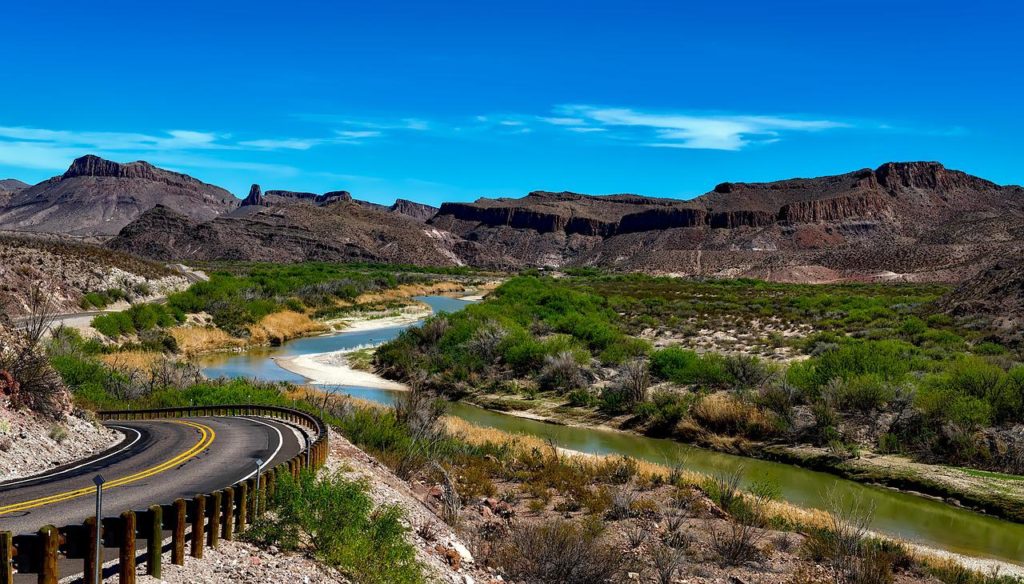
Article Summary: National Parks Near Arlington
National Parks near Arlington. There’s so much more to the Lone Star State than the Texas Rangers. In this article, More Than Just Parks goes deep in the heart of Texas.
I’ve been to so many of these amazing places since retiring from teaching in 2018. Did I mention that I taught history? I spent a lifetime teaching about the history behind these momentous sites. Then I got to see them firsthand. And now I’m sharing the stories of these incredible places with you. It doesn’t get any better than that!
Professional sports, live music, theme parks, amazing food, arts and culture – if you’re looking to have a good time, Arlington, Texas, is the place for you.
There’s also some amazing national parks that are within a day’s drive (or less) of the city.
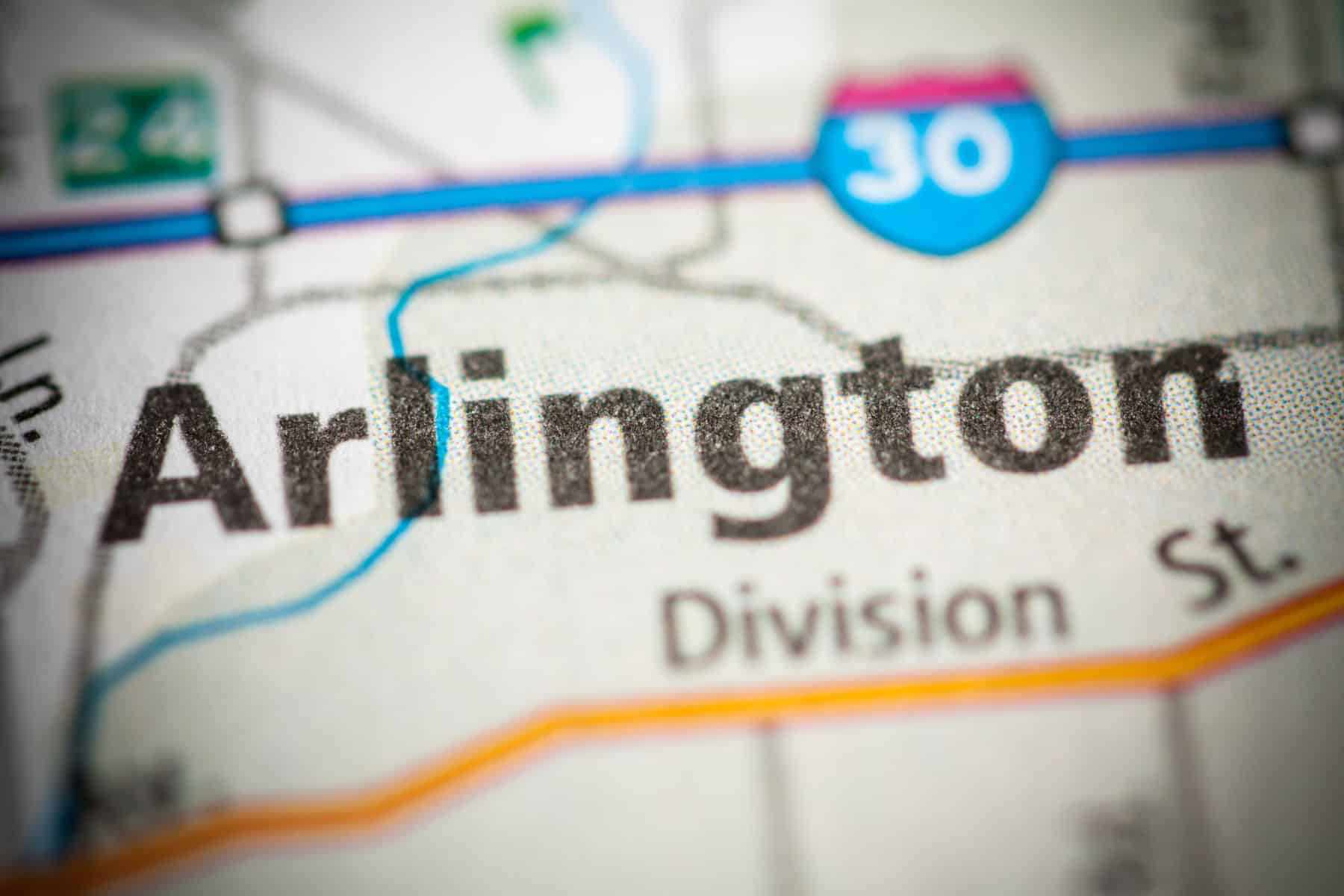
What Is A National Park?
We get asked that question a lot because there’s a difference between a “national park” and a “national park site.” To help you understand that difference you might want to check out our article titled: What Is A National Park Really?
If you’re planning a trip to the Arlington area then one book that I highly recommend is: Arlington City Travel, Texas USA: Tourism by Noah Johnson.
Now let’s go ahead with 5 reasons why you’ll want to hop in your car and make a day’s drive from Arlington to one of these truly amazing places.
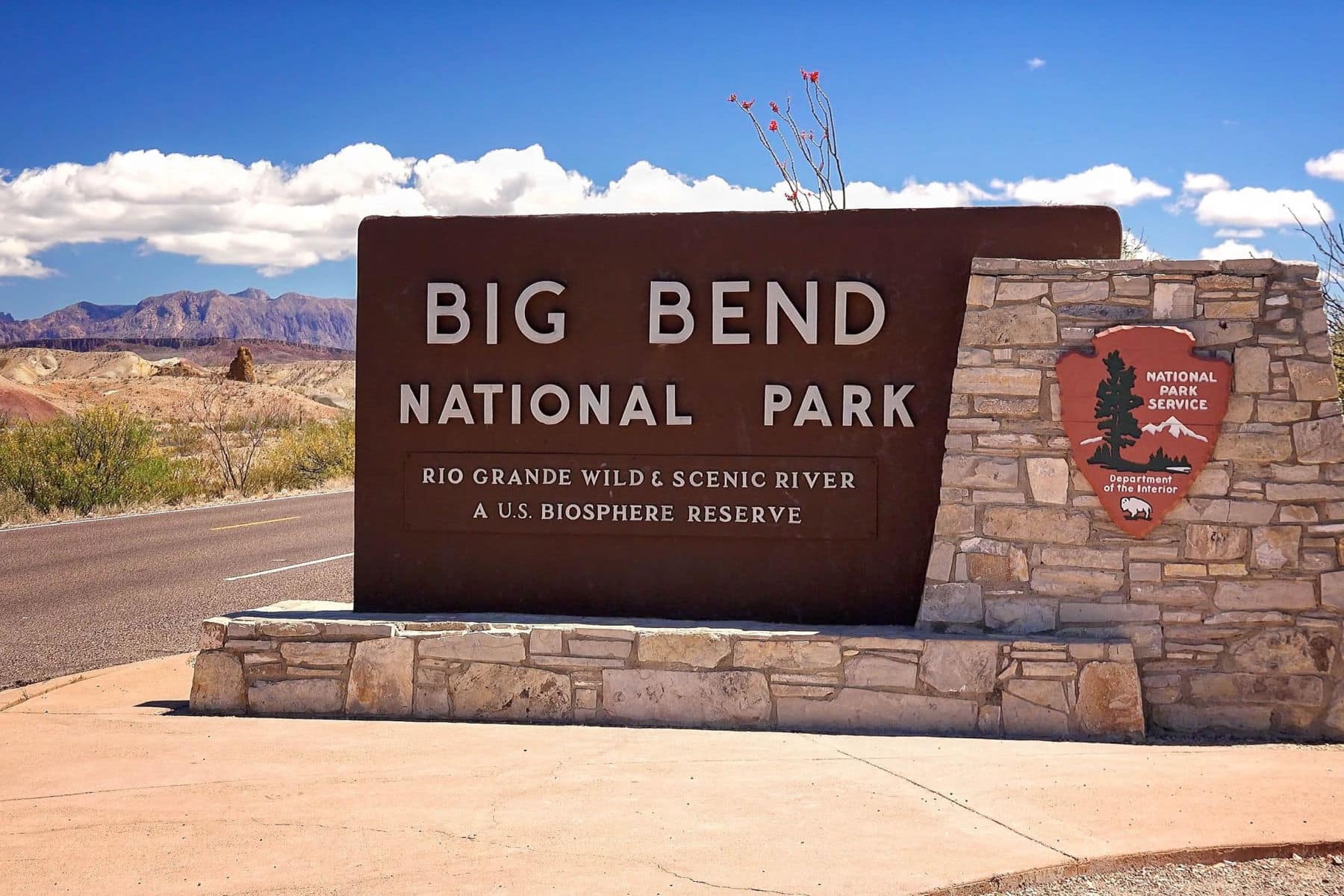
Table Of Contents: National Parks Near Arlington
Best National Parks Near Arlington
1. Big Bend National Park
Distance From Arlington: Seven hours and 30 minutes via I-20 W.
I retired as a teacher so that I could join my two sons on an incredible adventure bringing America’s national treasures to life.
It’s a full day’s drive from Arlington to Big Bend National Park, but well worth the trip. This magnificent park, which is often referred to as Texas “gift to the nation,” is famous for its natural resources and recreational opportunities. It’s also rich in cultural history.
Established in 1944, Big Bend is one of the largest and most remote national parks in the country, covering an area of over 801,000 acres.
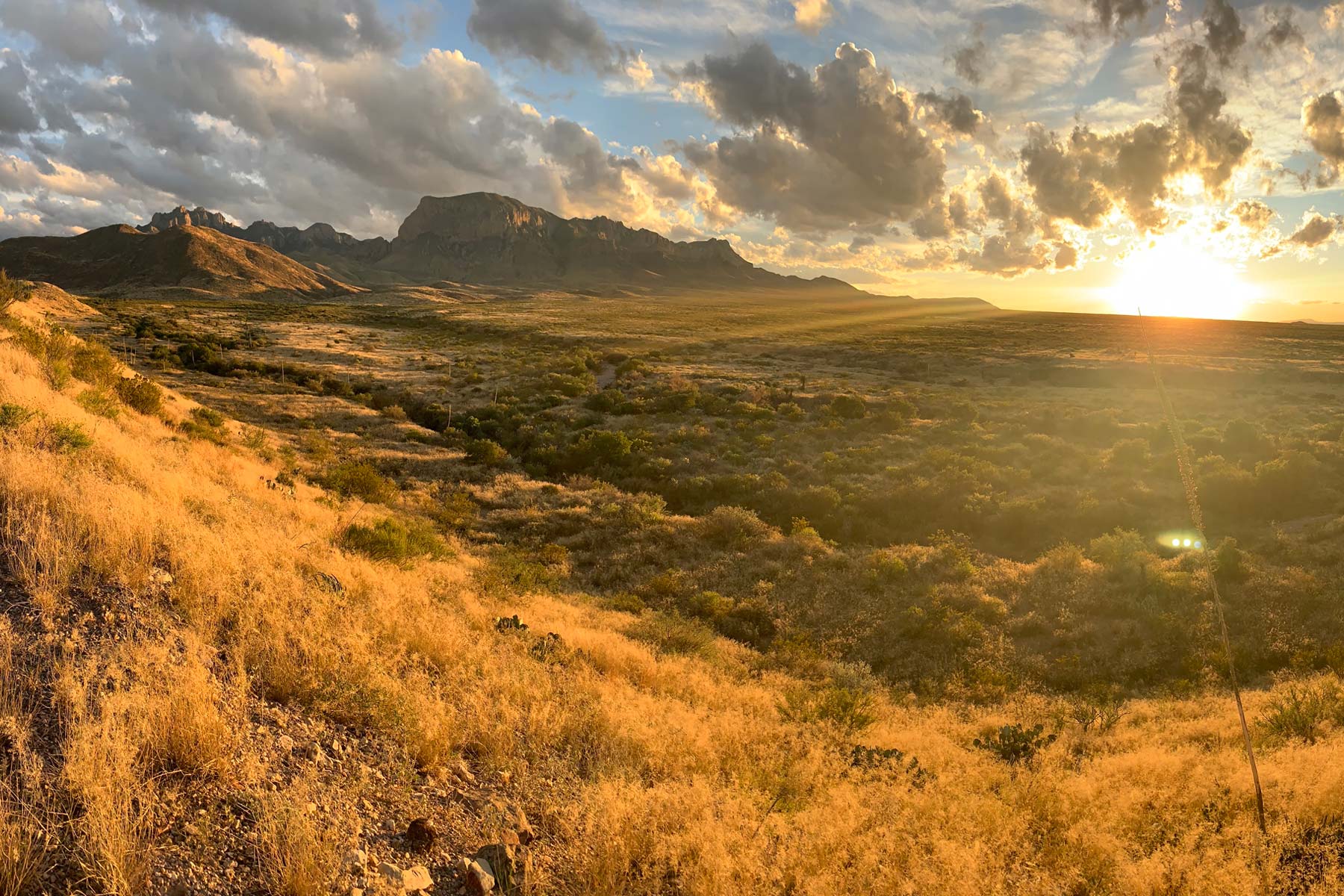
The Park Is Known For Its Unique & Diverse Landscape
Big Bend National Park is known for its unique and diverse landscape, which includes rugged desert terrain, canyons, mountains, and a section of the Rio Grande river that forms the international boundary between the United States and Mexico. The park is home to a rich array of wildlife, including black bears, mountain lions, roadrunners, and numerous species of reptiles and birds.
The park is also home to several historic sites, including old mining towns, ranches, and a stagecoach route that once crossed the region.
Visitors to Big Bend National Park can enjoy a variety of outdoor activities, including hiking, camping, river rafting, and wildlife viewing. The park also offers several scenic drives, including the Ross Maxwell Scenic Drive, which provides stunning views of the Chisos Mountains and the surrounding desert landscape.
Big Bend National Park is considered a wilderness area, and its remote location provides a unique opportunity for visitors to experience the beauty and solitude of the natural world. It is an important resource for conservation, scientific research, and outdoor recreation, and has been designated as an International Biosphere Reserve by the United Nations.

RELATED: 12 AMAZING Facts About Big Bend National Park
Things To Do At Big Bend
Big Bend National Park offers a wide range of activities for visitors to enjoy, including:
- Hiking: The park has numerous trails for visitors to explore, ranging from easy walks to strenuous backcountry treks. Some popular trails include the Window View Trail, the Lost Mine Trail, and the Marufo Vega Trail.
- Camping: Big Bend National Park has several campgrounds, including the Chisos Basin Campground, the Rio Grande Village Campground, and the Cottonwood Campground.
- Wildlife viewing: Big Bend is home to an incredible variety of wildlife, including black bears, mountain lions, roadrunners, and numerous species of birds and reptiles. Visitors can spot wildlife along park roads or on guided tours.
- River rafting: The Rio Grande river runs along the park’s southern boundary, providing opportunities for rafting and kayaking. Guided rafting trips are available for visitors to experience the beauty of the river and the surrounding landscape.
- Star gazing: Big Bend National Park is known for its clear night skies, and the park’s remote location and lack of light pollution make it an ideal place for stargazing. The park offers ranger-led stargazing programs and star parties.
- Scenic drives: The park features several scenic drives, including the Ross Maxwell Scenic Drive and the River Road, which offer stunning views of the park’s mountains, canyons, and desert landscapes.
- Rock Climbing: Big Bend National Park is a popular destination for rock climbing, with several climbing routes ranging from beginner to advanced levels.
- Ranger-led Programs: Big Bend National Park offers a variety of ranger-led programs, including guided hikes, campfire talks, and star parties, to help visitors learn more about the park’s history, geology, and wildlife.

2. Big Thicket National Preserve
Distance From Arlington: Four hours & 10 minutes via I-45 S & US-287 S.
Big Thicket National Preserve is a protected area located in southeastern Texas, United States. Established in 1974, it is the country’s first National Preserve and covers an area of over 100,000 acres.
The Big Thicket National Preserve is known for its unique and diverse ecosystem, which includes nine distinct habitats, ranging from pine forests to swamps and bayous. This diversity of habitats is home to a rich array of plant and animal species, including many species of plants and animals found nowhere else in the world.
Visitors to the Big Thicket National Preserve can enjoy a variety of outdoor activities, including hiking, fishing, wildlife viewing, and birdwatching. The park features several hiking trails, including the Kirby Trail, the Beech Creek Trail, and the Turkey Creek Trail, that allow visitors to explore the park’s diverse habitats and see its abundant wildlife.
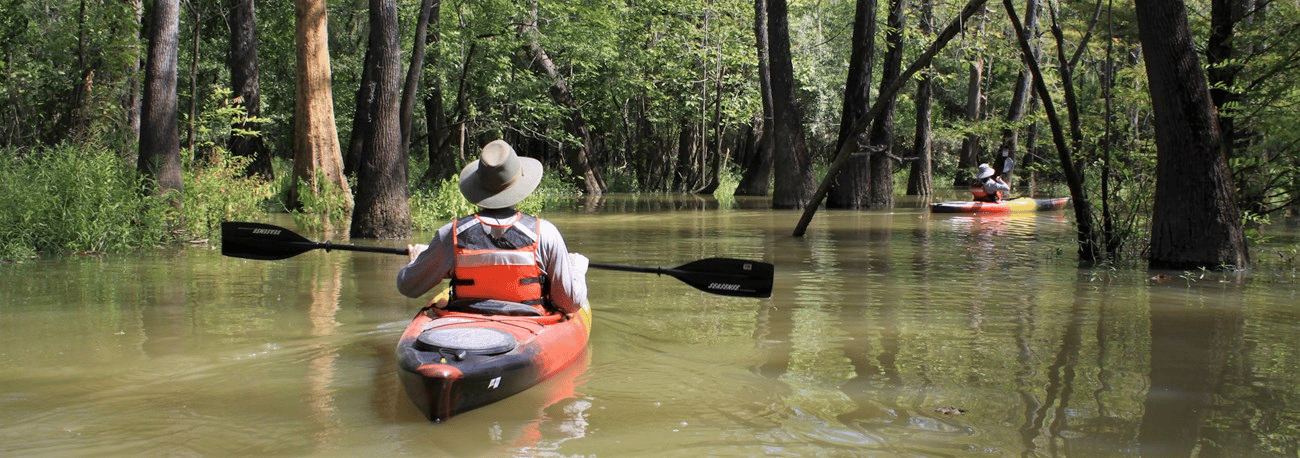
The Park Is An Important Cultural Resource
The Big Thicket National Preserve is also an important cultural resource, with a rich history of human use dating back thousands of years.
The area was once home to Native American tribes, and later became a center for the lumber and oil industries in the 19th and 20th centuries. Visitors can learn about the region’s cultural heritage at the preserve’s visitor center, where exhibits and displays showcase the history and natural beauty of the area.
Big Thicket National Preserve is considered a unique and valuable resource for conservation, scientific research, and outdoor recreation. It is an important part of the National Park System, and provides a rare opportunity for visitors to experience the beauty and diversity of the natural world.
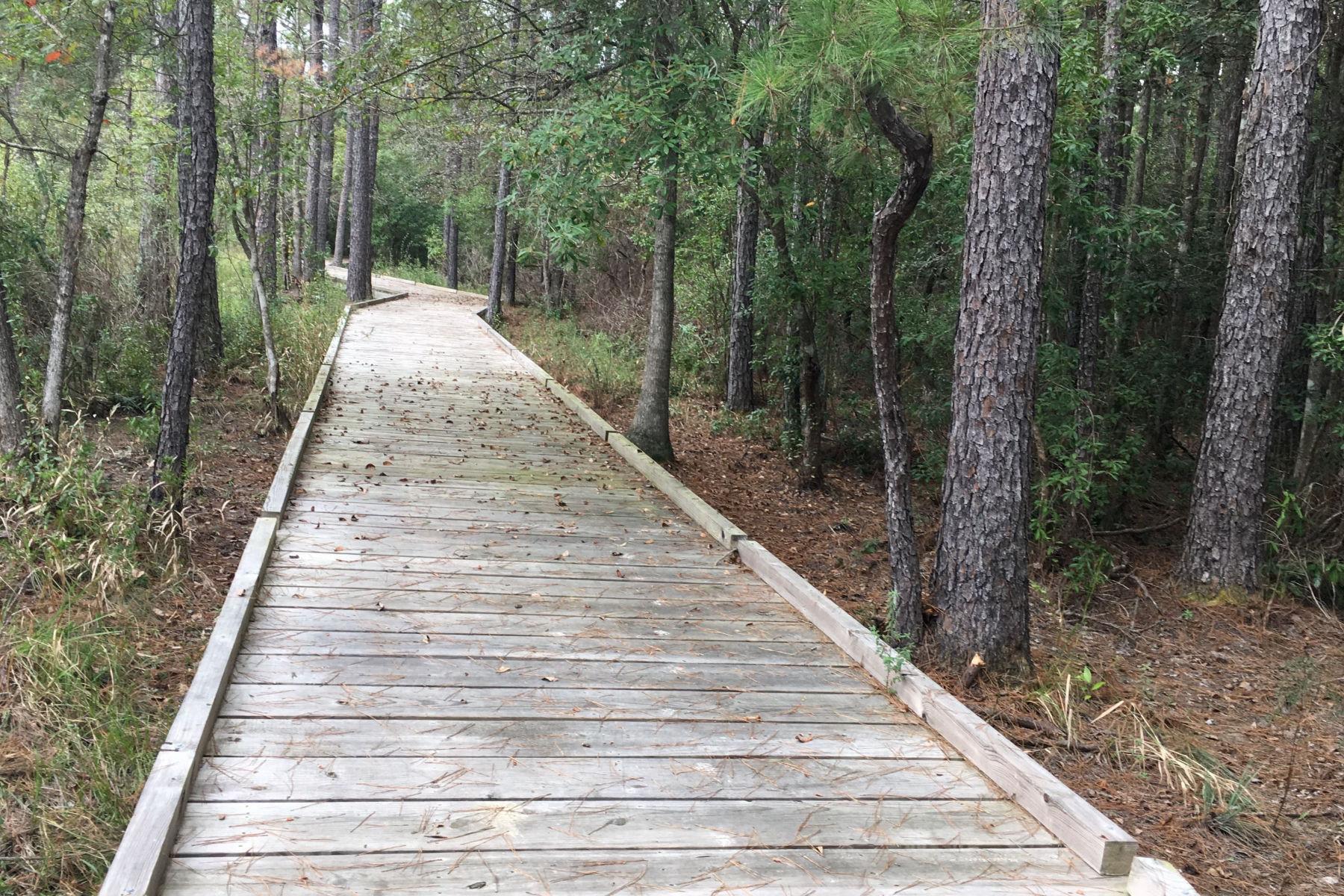
RELATED: 18 SURPRISING New Mexico National Parks
3. Guadalupe Mountains National Park
Distance From Arlington: Seven hours & 25 minutes vis I-20 W. Please Note: It’s a long car drive from Arlington, but it’s a magnificent national park.
Guadalupe Mountains National Park is a protected area located in the southeastern region of New Mexico and western Texas, United States. Established in 1972, it covers an area of over 86,000 acres and is known for its unique and diverse landscape.
The park is home to the Guadalupe Mountains, a range of rugged peaks that rise dramatically from the surrounding desert landscape. The highest peak in the range, Guadalupe Peak, stands at an elevation of 8,749 feet and provides stunning views of the surrounding area.
The park is also home to a rich array of plant and animal species, including numerous species of cacti, yucca, and other desert plants, as well as mountain lions, black bears, and other wildlife.
Visitors to Guadalupe Mountains National Park can enjoy a variety of outdoor activities, including hiking, camping, and wildlife viewing. The park features several hiking trails, including the Guadalupe Peak Trail and the McKittrick Canyon Trail, that allow visitors to explore the park’s diverse landscapes and see its abundant wildlife.
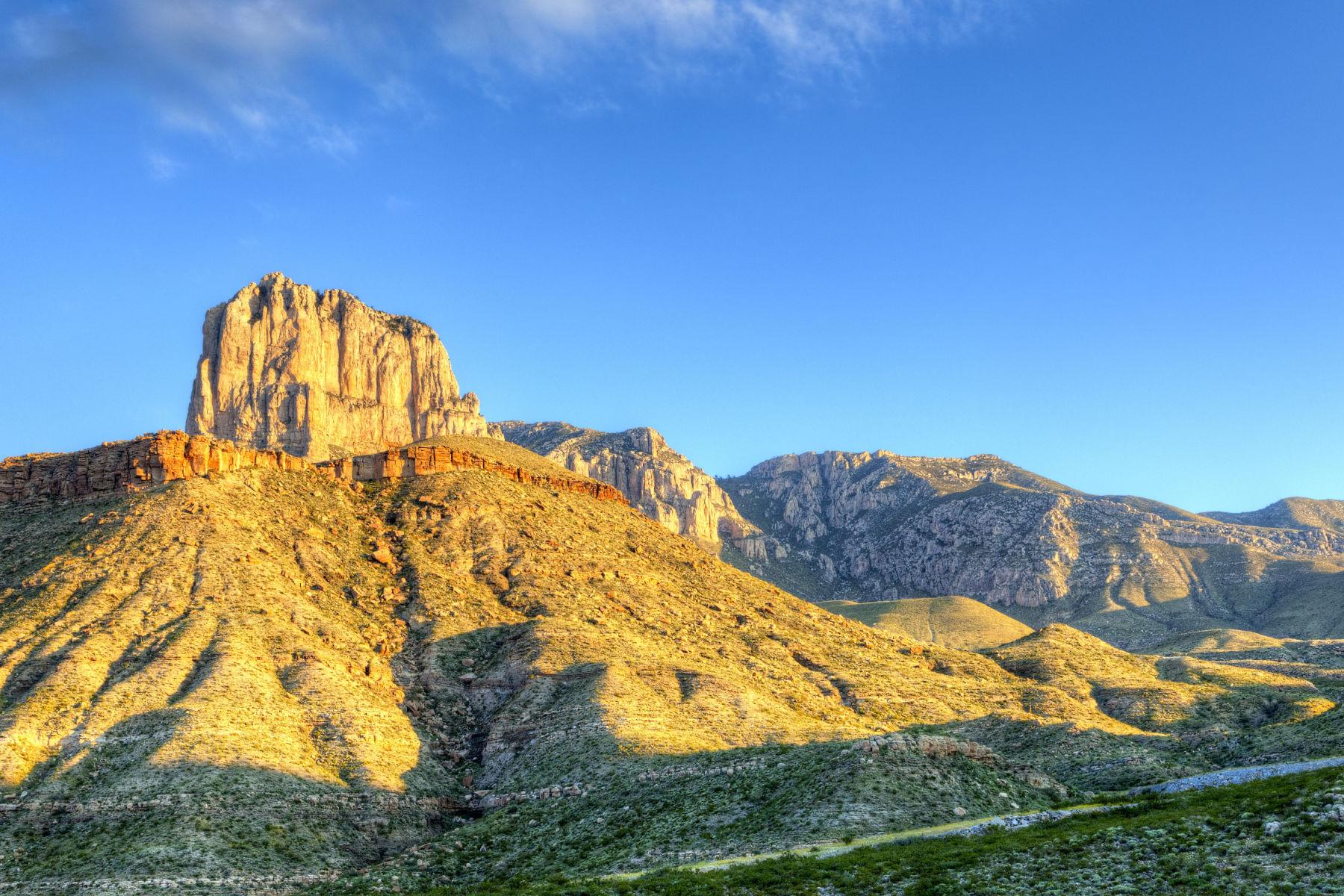
It’s An Important Cultural Resource
Guadalupe Mountains National Park is also an important cultural resource, with a rich history of human use dating back thousands of years.
The park is home to several historic sites, including old mining towns, ranches, and a stagecoach route that once crossed the region. Visitors can learn about the area’s cultural heritage at the park’s visitor center, where exhibits and displays showcase the history and natural beauty of the region.
Guadalupe Mountains National Park is considered a unique and valuable resource for conservation, scientific research, and outdoor recreation. It is an important part of the National Park System, and provides a rare opportunity for visitors to experience the beauty and diversity of the natural world.
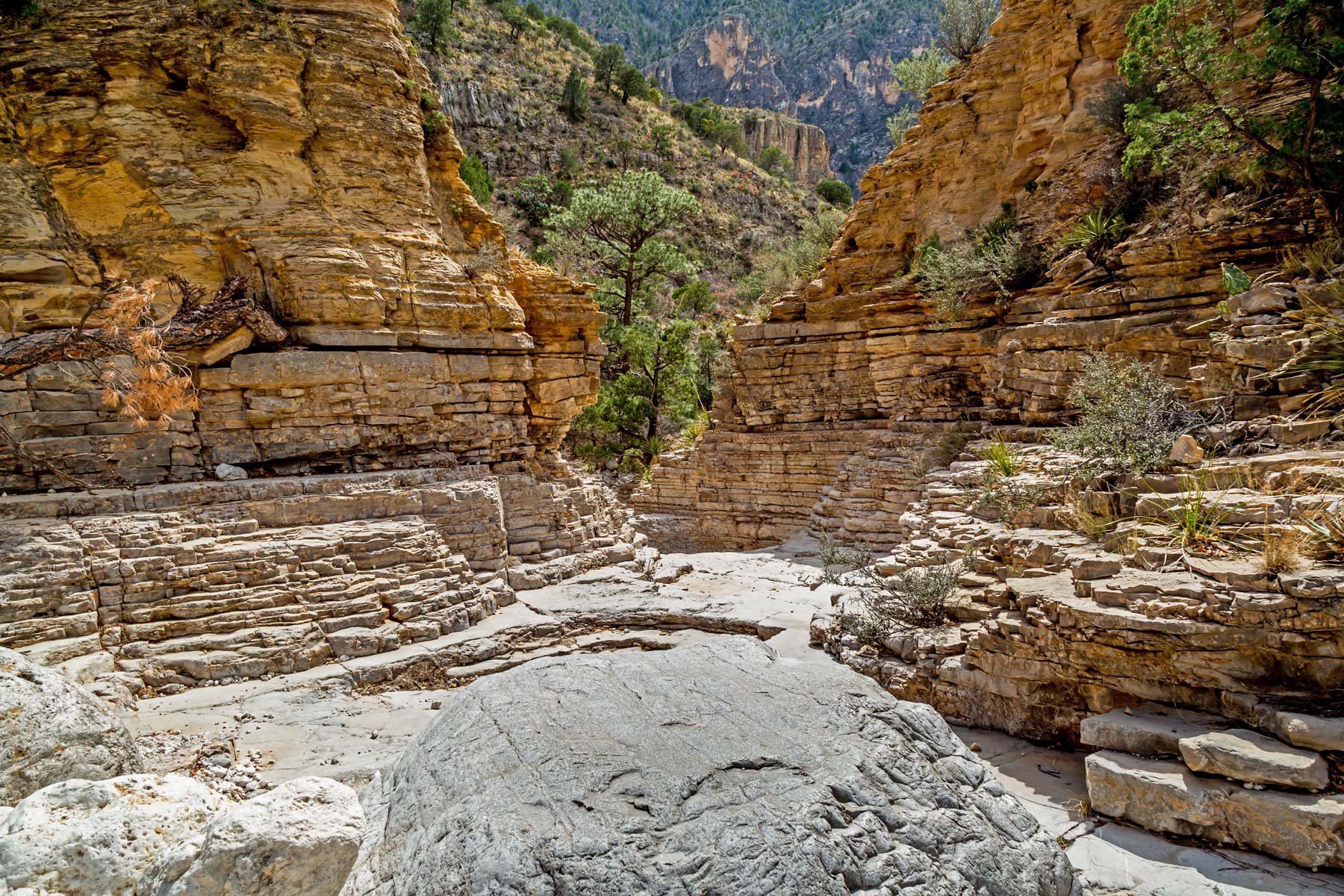
RELATED: 10 FASCINATING Facts About Guadalupe Mountains National Park
Best National Parks Near Arlington
4. Hot Springs National Park
Distance From Arlington: Four hours & 35 minutes via I-30 E.
Hot Springs National Park is a protected area located in Hot Springs, Arkansas. It was established as a federal reservation in 1832, making it one of the oldest protected areas in the country.
The park’s history can be traced back to the indigenous tribes who lived in the area and used the hot springs for their therapeutic properties. In the late 1700s and early 1800s, the area around Hot Springs became a popular destination for people seeking the healing properties of the hot springs. The federal government established the hot springs reservation in 1832 to protect the springs and ensure their availability for public use.
Throughout the 19th and early 20th centuries, Hot Springs became a popular tourist destination, attracting people from around the world who sought the health benefits of the hot springs. The town of Hot Springs grew up around the park, and a number of grand bathhouses were built to serve the growing number of visitors.
In 1921, Hot Springs Reservation was officially renamed Hot Springs National Park, and the park became part of the National Park System. Throughout the 20th century, the park continued to be a popular destination, with visitors coming to experience the natural beauty of the area and the healing properties of the hot springs.
Today, Hot Springs National Park is a popular tourist destination, with visitors coming to see the historic bathhouses, take a dip in the hot springs, and enjoy the park’s many hiking trails and scenic drives. The park is considered an important cultural and natural resource, and is dedicated to preserving its rich history and diverse landscapes for future generations to enjoy.
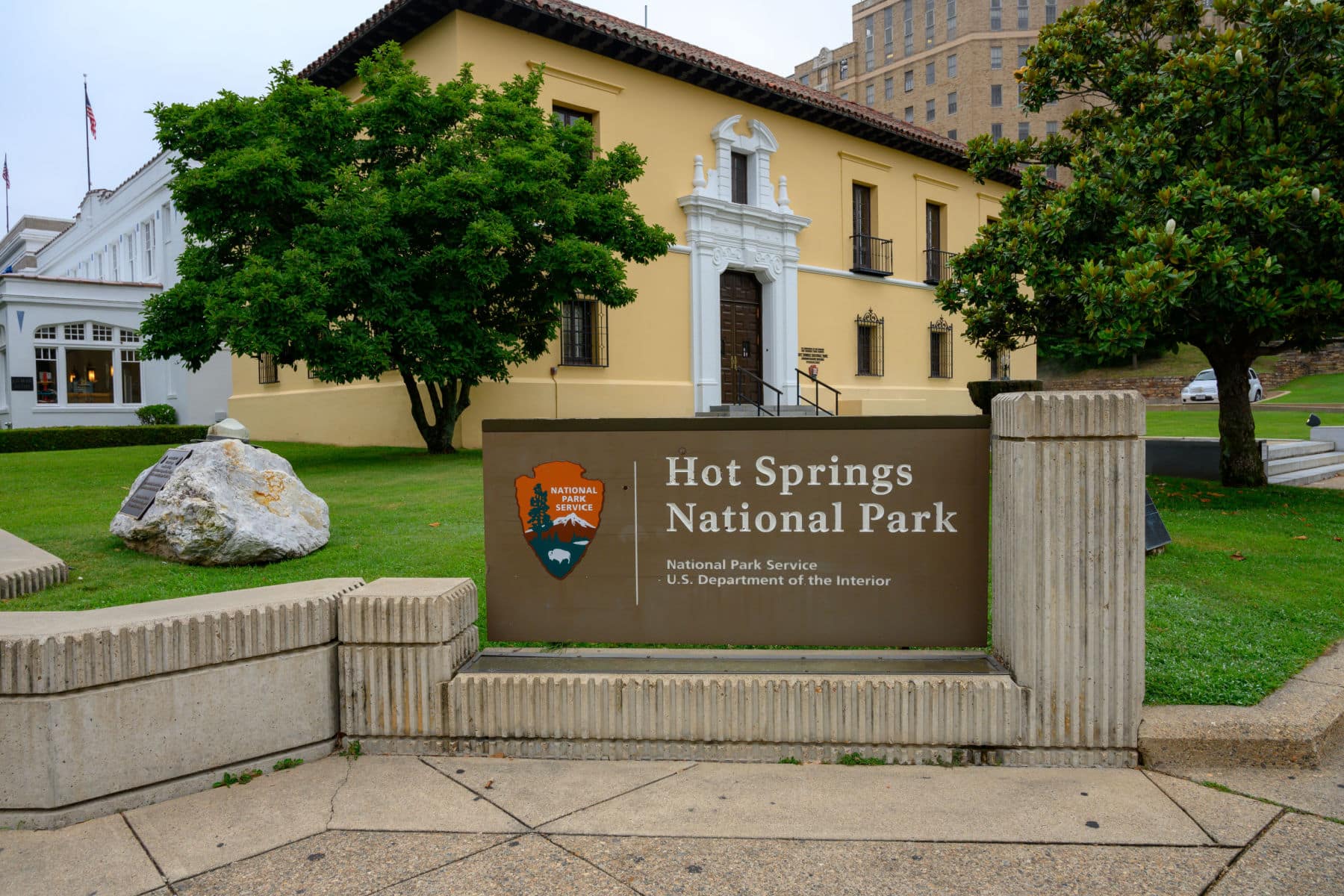
RELATED: 6 SURPRISING Oklahoma National Parks
5. Lyndon B. Johnson National Historical Park
Distance From Arlington: Three hours & 45 minutes via US-281 S.
While America’s 36th President, Lyndon Baines Johnson, is often associated with the Great Society, landmark Civil Rights legislation and the Vietnam War, his administration also passed an unprecedented amount of legislation designed to protect the nation’s land, air, water, wilderness, and quality of life.
Author Adrian Benepe believes the U.S. president with the strongest environmental track record is President Lyndon B. Johnson. In his article, How the White House Went Green, Benepe writes, “Lyndon Johnson signed more than 300 conservation measures into law. These measures established the legal foundations for how we protect the nation’s land, water and air.”

RELATED: Is It Time For Another Bipartisan Era Of Environmental Activism?
Things To Do At The Lyndon B. Johnson National Historical Park
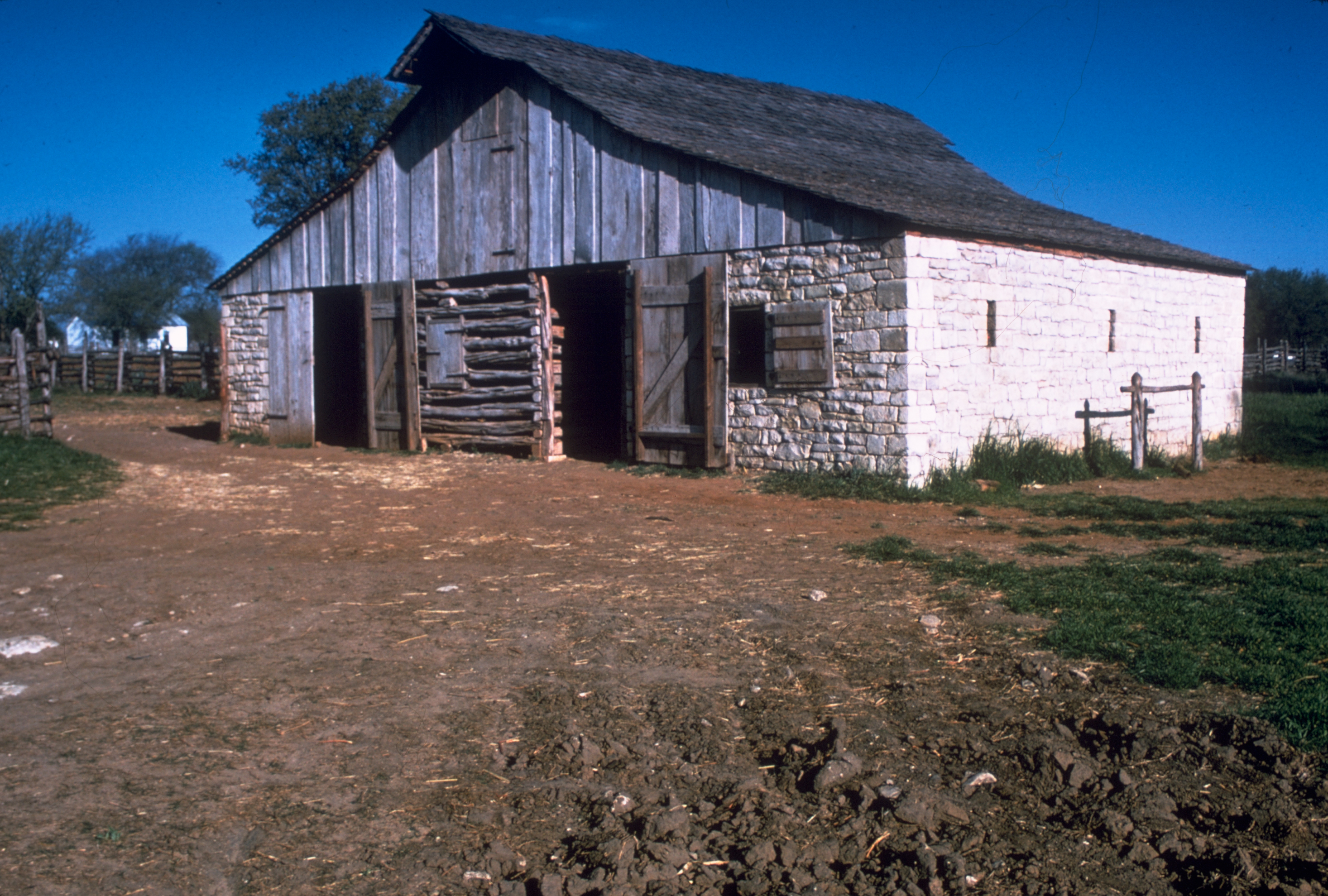
Lyndon B. Johnson National Historical Park tells the story of our 36th President beginning with his ancestors until his final resting place on his beloved LBJ Ranch. This entire “circle of life” gives the visitor a unique perspective into one of America’s most noteworthy citizens by providing the most complete picture of an American president.
Things to see in the park include the Visitor Center, President Johnson’s Boyhood Home, Sam Johnson Sr.’s Cabin, and the Texas White House.
As a retired history teacher who’s fascinating with the life and times of America’s 36th President, I would recommend what I (and a lot of other folks) consider to be the best biographical series written on LBJ.
The Years of Lyndon Johnson: The Path to Power; Means of Ascent; Master of the Senate; The Passage of Power by Robert Caro is a four volume collection which won the coveted Pulitzer Prize.

National Parks Near Arlington FAQ
Despite its immense size, Texas only has two officially designated National Parks: Big Bend National Park and Guadalupe Mountains National Park.
It is the seat of the University of Texas at Arlington (1895) and the Arlington Baptist College (1939). Six Flags Over Texas, a large amusement park, is located there, and the city is home to the Texas Rangers of Major League Baseball and the Dallas Cowboys of the National Football League.
Why Trust Us About National Parks Near Arlington?
We’re Jim Pattiz and Will Pattiz, collectively known as the Pattiz Brothers (and sometimes the Parks Brothers) and we absolutely LOVE the national parks.
You should probably know that we don’t just make this stuff up out of thin air. We’ve spent our entire adult lives exploring and filming America’s national parks and public lands.
We’ve worked with the National Park Service, the Department of Interior, USDA, and the U.S. Forest Service for years creating films on important places and issues. Our work has been featured in leading publications all over the world and even some people outside of our immediate family call us experts on the national parks.
Meet The Parks Brothers
Map Of National Parks Near Arlington
List Of National Parks Near Arlington
- Big Bend National Park
- Big Thicket National Preserve
- Guadalupe Mountains National Park
- Hot Springs National Park
- Lyndon B. Johnson National Historical Park
To Learn More About The Lone Star State
- Official Guide to Texas State Parks and Historic Sites: New Edition by Laurence Parent.
- Texas Bucket List Adventure Guide: Explore 100 Offbeat Destinations You Must Visit by John Mallon.
- Lone Star: A History Of Texas And The Texans by T.R. Fehrenbach.
- History of Texas: A Captivating Guide to Texas History, Starting from the Arrival of the Spanish Conquistadors in North America through the Texas Revolution to the Present by Captivating History.
We Hope You’ll Follow Our Journey

Our goal here at More Than Just Parks is to share the beauty of America’s national parks and public lands through stunning short films in an effort to get Americans and the world to see the true value in land conservation.
We hope you’ll follow our journey through the parks and help us to keep them the incredible places that they are. If you’re interested in joining the adventure then please sign up below!
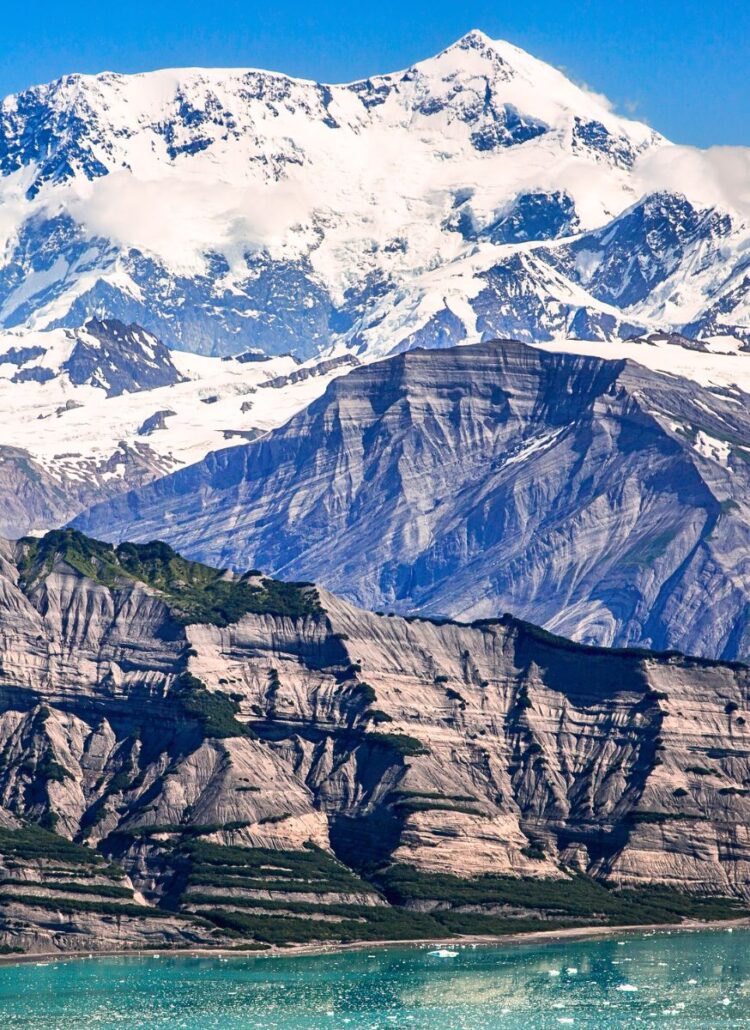
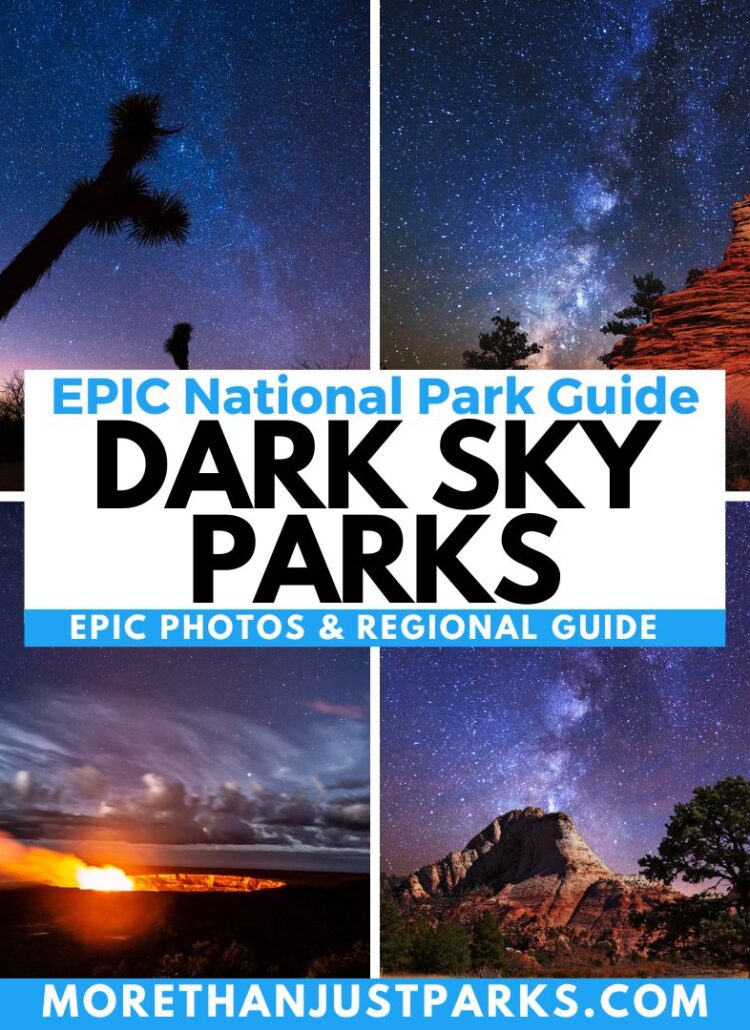
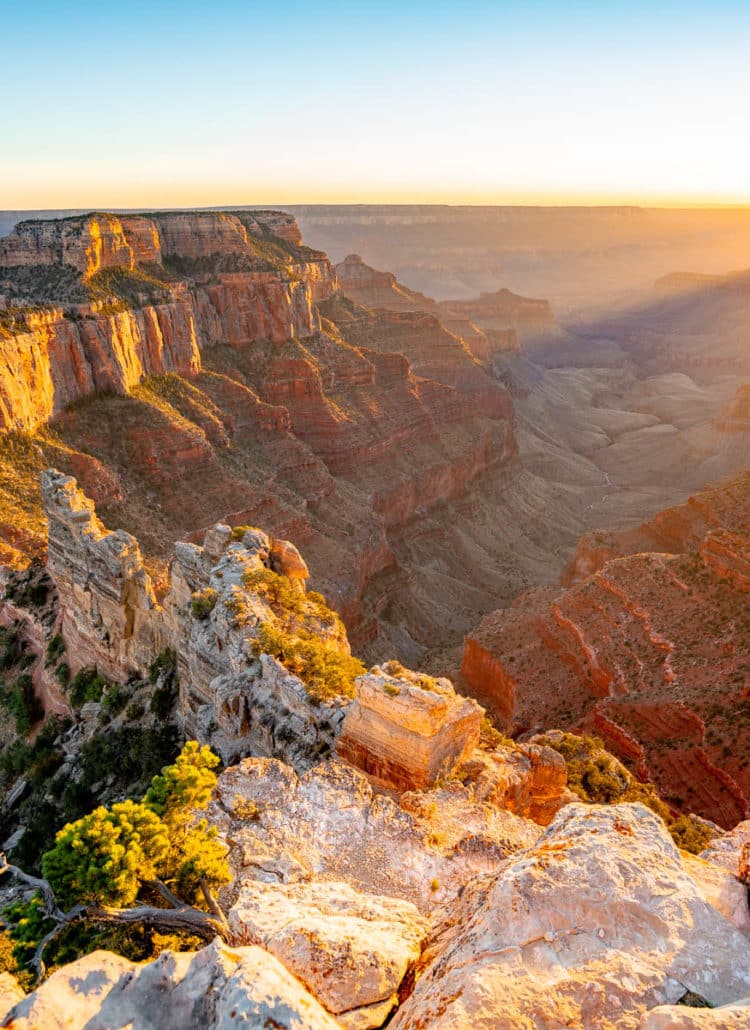
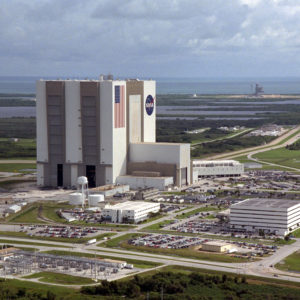

Leave a Reply